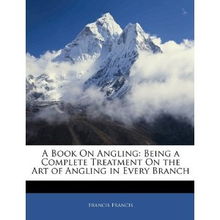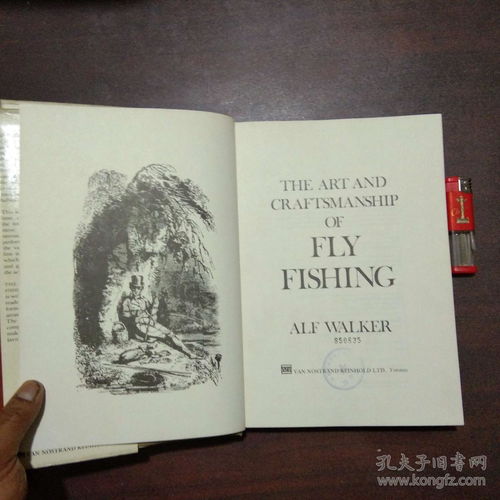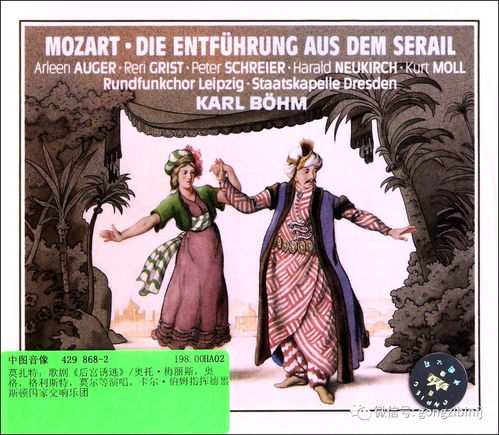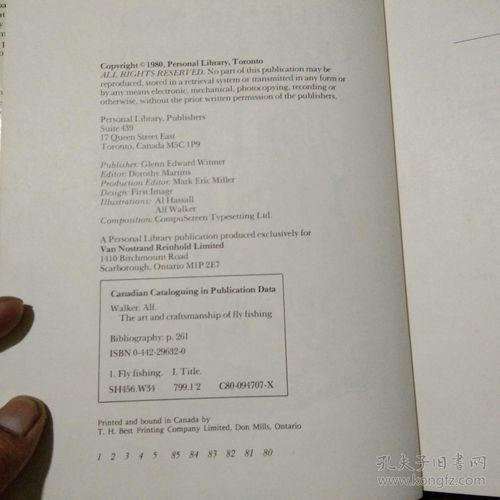Content:
Introduction: Fishing, an ancient pastime, has been captivating anglers for centuries. Whether you are a beginner or an experienced fisherman, the thrill of catching a fish can be unmatched. However, to enhance your chances of success, it is crucial to master the art of angling. In this article, we will delve into the essential techniques and tips to help you catch more fish. We will also provide a detailed illustrated guide to ensure that you understand each step of the process.
Choosing the Right Equipment: Before you start fishing, it is essential to have the right equipment. Here are some key items you should consider:
- Rod and Reel: Choose a rod and reel that match the type of fish you are targeting. For example, a lightweight rod and reel are suitable for panfish, while a heavy-duty setup is needed for larger species.
- Line: The type of line you use depends on the fish species and the environment. Monofilament, fluorocarbon, and braided lines are the most common types.
- Lures and Baits: Depending on the fish you are targeting, you may need specific lures or baits. Live bait, artificial lures, and natural baits are all effective options.
Understanding Fish Behavior: To catch more fish, it is crucial to understand their behavior. Here are some key points to consider:
- Fish move in schools, so finding one fish often means there are more nearby.
- Fish are more active during dawn and dusk, so these are the best times to fish.
- Fish are sensitive to noise and vibrations, so be as quiet and gentle as possible when handling your equipment.
- Fish are more likely to bite when the water temperature is within their preferred range.
Casting Techniques: Casting is a fundamental skill in fishing. Here are some tips to improve your casting technique:
- Hold the rod with a relaxed grip, using your fingers to control the rod.
- Position your feet shoulder-width apart, with one foot slightly forward to provide balance.
- Swing the rod back and forward in a smooth, controlled motion.
- Aim for a target and try to cast directly at it, rather than throwing the lure randomly.
Baiting and Lure Selection: Choosing the right bait or lure is crucial for attracting fish. Here are some tips:
- Live bait, such as worms, minnows, or leeches, can be highly effective for many species.
- Artificial lures, such as spinners, jigs, and crankbaits, can mimic the movement of real prey and attract fish.
- Experiment with different baits and lures to see what works best in your fishing environment.
Fishing Techniques: Once you have your bait or lure in the water, it is time to apply the right fishing technique:

- Trolling: Move your boat slowly and use a lure or bait that mimics the movement of fish.
- Still fishing: Attach your bait or lure to the end of your line and wait for a bite.
- Casting and retrieving: Cast your lure or bait into the water, retrieve it at a steady pace, and repeat the process.
Setting the Hook: When a fish bites, it is crucial to set the hook quickly and efficiently:
- Keep your rod tip up and point it towards the fish.
- When you feel a tug, reel in gently to set the hook.
- Use a firm but gentle pull to ensure the hook is securely in the fish's mouth.
Landing the Fish: Once you have set the hook and the fish is on the line, it is time to land it:
- Keep the rod tip up and guide the fish towards the boat or shore.
- Use a net to help you land the fish safely.
- Be gentle with the fish and release it if it is too small or if you are not keeping it.
Conclusion: Fishing is a skill that takes time and practice to master. By understanding the behavior of fish, choosing the right equipment, and applying the proper techniques, you can significantly increase your chances of catching more fish. Remember to enjoy the process and respect the natural environment. With persistence and patience, you will become a skilled angler in no time.
Illustrated Guide:
[Here, you would include a series of detailed illustrations depicting each step of the fishing process, from choosing the right equipment to landing the fish. Each illustration should be accompanied by a brief description to guide the reader through the process.]
Note: The illustrated guide is not included in the word count, as it would require visual content.












